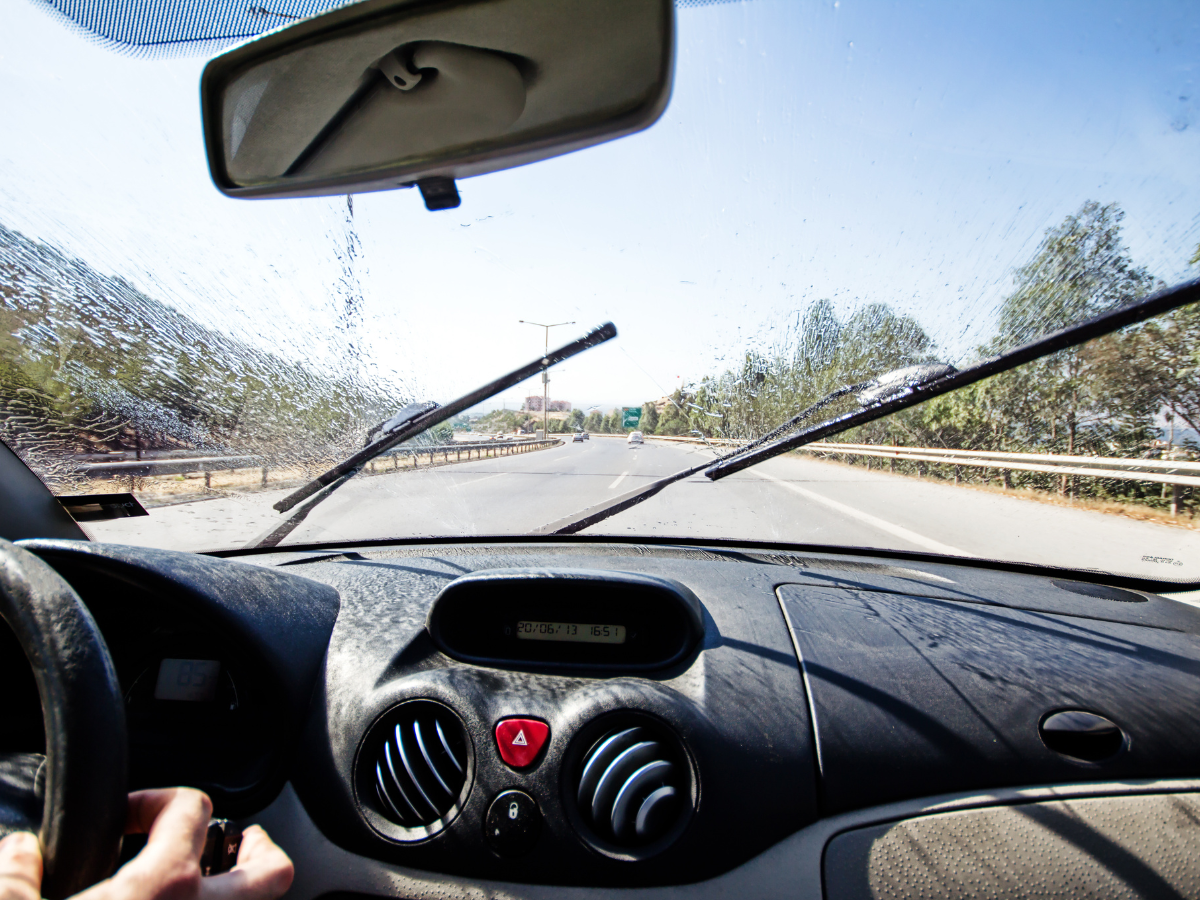Did you know that rear brakes usually handle less than 40% of the braking force, so they do not create as much heat as front brakes?
Your brakes are one of the most important aspects of your vehicle. You must check the performance of your brakes to keep yourself and others safe on the road.
You should change brake pads approximately every 50,000 miles as a general rule. However, every car is unique, and several warning signs may indicate that you require new brake pads.
Rear brakes operate in the same way that disc brakes do. Shoes push against a rotating surface. You refer to this surface as a drum in this system.
Many vehicles have drum brakes on the back wheels and disc brakes on the front. Rear brakes have more parts and are more difficult to service than disc brakes. However, they are less expensive to make and can easily use an emergency brake system.
The rear brakes on your vehicle are just as crucial as the front brakes. So let’s understand how rear brakes work and learn when it’s time to replace them.
How do Rear Brakes Work?
A rear brake or drum brake is made up of a hollow drum that rotates with the wheel. Its open back is protected by a static backplate on which two curved shoes with friction pads are mounted.
Hydraulic pressure moves pistons in the brake’s wheel cylinders, forcing the shoes outwards and pushing the pads against the inside of the drum to slow or stop it.
When the brakes are applied, the piston forces the shoes against the drums. Each brake shoe is equipped with a pivot on one end and a piston on the other. A guiding shoe has the piston at the leading edge of the shoe about the direction the drum turns.
When the leading shoe makes contact with the drum, the turning motion of the drum tends to pull it firmly against it, improving the braking effect. Some drums have dual leading shoes, each with its hydraulic cylinder. Others have one leading and one trailing shoe, with the pivot in the front.
The two shoes are forced apart by a one-cylinder with a piston at each end. It is less effective than the twin system and is typically limited to rear brakes.
When the brakes are released, return springs pull the shoes back a small distance. An adjuster keeps shoe mobility as short as possible.
Rear brakes may wear away if used repeatedly in a short time. At this point, rear brakes heat up and lose efficiency until they cool down. Also, because of their more open build, discs are less prone to wear.
How Do I Know When to Change My Brakes?
Consider that every time you use your brakes, they deteriorate slightly. Because brakes are vital to vehicle safety, they provide clear signs when it is time to replace them. Exactly when you need to replace the rear brake pads and how you recognize this varies.
Rear Brakes Squeak, or Squeal When Braking
The first sign that it’s time to change your brake pads is if you hear squeaking or squealing. This squeaking, or squealing, will be regularly when you touch the brake pedal. Although squeaky brakes are normal in some weather conditions like rain, it always shows you have a problem. If your brakes continue to squeak, it’s time to have your brakes inspected by a professional.
Brake Pad Indicator Light Turns On
When the brake indicator light turns on, this is another sign that it is time to replace your brake pads. Some cars have a sensor on the brake pad that will activate when the brake pads wear down. If your brake light comes on, you should have a professional inspect your brake pads and advise how soon you should replace them.
Metal to Metal Grinding Sound
Another sign that it’s time to replace your brake pads is if you hear an intense grinding metal-to-metal sound. Small metal ridges are placed in the bottom of some brake pads to make a noise and warn the driver that it is time to replace the brake pads.
If you notice this loud grinding sound, take your car to a mechanic right away. If you allow the metal ridges to grind on other metal areas of your wheel, you may cause much more damage. This damage may even grow to more expensive repairs than just brake pads.
You Feel Your Brake Pedal Vibrating
If you see that your brake pedal is vibrating, it may be time to change your brake pads. If stopping your car is difficult with your current brake pedal, and it jiggles or feels unstable as you press down on it, this shows that your brake pads have worn out.
A vibrating brake pedal is not standard. Therefore, it is a matter of safety to have your car checked right away to avoid further damage or a potential accident.
Your Brake Pads Look Thin
A final way to determine whether it’s necessary to change your brake pads is to have a look at them. You should be able to find the brake pad on the tire’s rotor by looking between the spokes on your wheels. If it appears to be very thin, it likely needs to be replaced soon.
How to Prolong the Life of Your Brakes
Having your tires rotated every six months is one way to extend the life of your brakes. This will also keep a specific area of your tires from wearing down. In addition, taking the necessary precautions to ensure that your brake pads are still in good working order, as well as having them changed regularly, will help you avoid more serious brake damage.
If you’re looking for the best way to keep up on tire maintenance, consider downloading the Treads App. Treads is a tire subscription service that sends professionals to your location to rotate, replace and repair your tires.





